The cultivation of sugarcane in Maharashtra serves as the foundation of the state’s agricultural economy, generating more than ₹40,000 crore annually and providing means of livelihood for 3.5 million farmers. On the other hand, the industry has been plagued for a long time by unpredictable rains, increased input costs, and outbreaks of pests. Enter artificial intelligence (AI): farmers in districts such as Kolhapur, Sangli, and Ahmednagar are now utilizing AI technologies to forecast the weather, manage irrigation, and monitor the condition of their crops.
Apps that are powered by artificial intelligence, for example, evaluate soil data to make recommendations for accurate fertilizer amounts, which can reduce expenses by as much as 25 percent. This innovation in technology is not only increasing yields, but it is also ensuring sustainability in a state that is experiencing water stress from drought. What are we waiign for? Let’s jump in to AI in Maharashtra sugarcane farming.
Boosting Sugarcane Yields in Maharashtra with AI
Hyper-Local Weather Forecasting for Monsoon Management
Sugarcane growers in Maharashtra are dependent on the monsoon, but the monsoon has become less reliable as a result of climate change. Through the utilization of satellite images, historical data, and real-time sensors, artificial intelligence platforms such as Skymet Weather and IBM Watson Agriculture are able to produce forecasts at the village level. These projections are utilized by farmers in Beed and Solapur, which are places that are prone to droughts, in order to schedule irrigation.

| Parameter | Details | Impact | Region |
|---|---|---|---|
| Forecast Accuracy | 95% localized predictions | Reduced irrigation errors | Beed, Solapur |
| Cost Savings | ₹12,000/year | Lower diesel dependency | Latur |
| Tech Partners | IBM, Skymet | Data-driven decisions | Pune |
| Adoption Rate | 60% farmers | Risk mitigation | Ahmednagar |
| Water Saved (Annual) | 25% per acre | Drought resilience | Marathwada |
| Farmer Feedback | 4.5/5 rating | Improved trust in AI | Kolhapur |
For instance, a farmer in Latur reduced the amount of water pump consumption by thirty percent when artificial intelligence projected that the monsoon would be delayed, resulting in a savings of twelve thousand rupees annually on diesel expenses.
Precision Irrigation: A Lifeline in Water-Scarce Regions
Artificial intelligence (AI)-driven drip irrigation systems, such as Jain Irrigation’s “Jain Logic,” that employ soil sensors to distribute water directly to sugarcane roots are being used in Marathwada, a region that is experiencing severe water constraint. Adjusting the flow of water takes into account the stage of the crop, the kind of soil, and the weather.
| Parameter | Details | Impact | Region |
|---|---|---|---|
| Water Savings | 40% reduction | Doubled water efficiency | Osmanabad |
| Yield Increase | 18% higher output | Income boost | Sangli |
| Tech Used | Jain Logic sensors | Real-time adjustments | Kolhapur |
| Cost per Acre | ₹15,000 setup | ROI within 2 years | Satara |
| Farmer Training | 500+ workshops | Improved adoption | Jalna |
| Partnerships | Netafim, KVK Baramati | Scalability | Pune |
Using this approach, a cooperative in Osmanabad was able to reduce their water consumption by forty percent while simultaneously increasing their yields by eighteen percent. Similarly, an Israeli company called Netafim collaborates with farmers in Maharashtra to create irrigation grids that are powered by artificial intelligence. This ensures that water is used effectively even in dry regions.
AI Drones: Eyes in the Sky for Crop Health
A revolution in crop monitoring is taking place thanks to drones that are equipped with multispectral cameras. In Kolhapur, drones operated by businesses such as Aibono and AgriWebb are able to scan fields that are 100 acres in size in a matter of hours, identifying problems that are not evident to the naked eye.
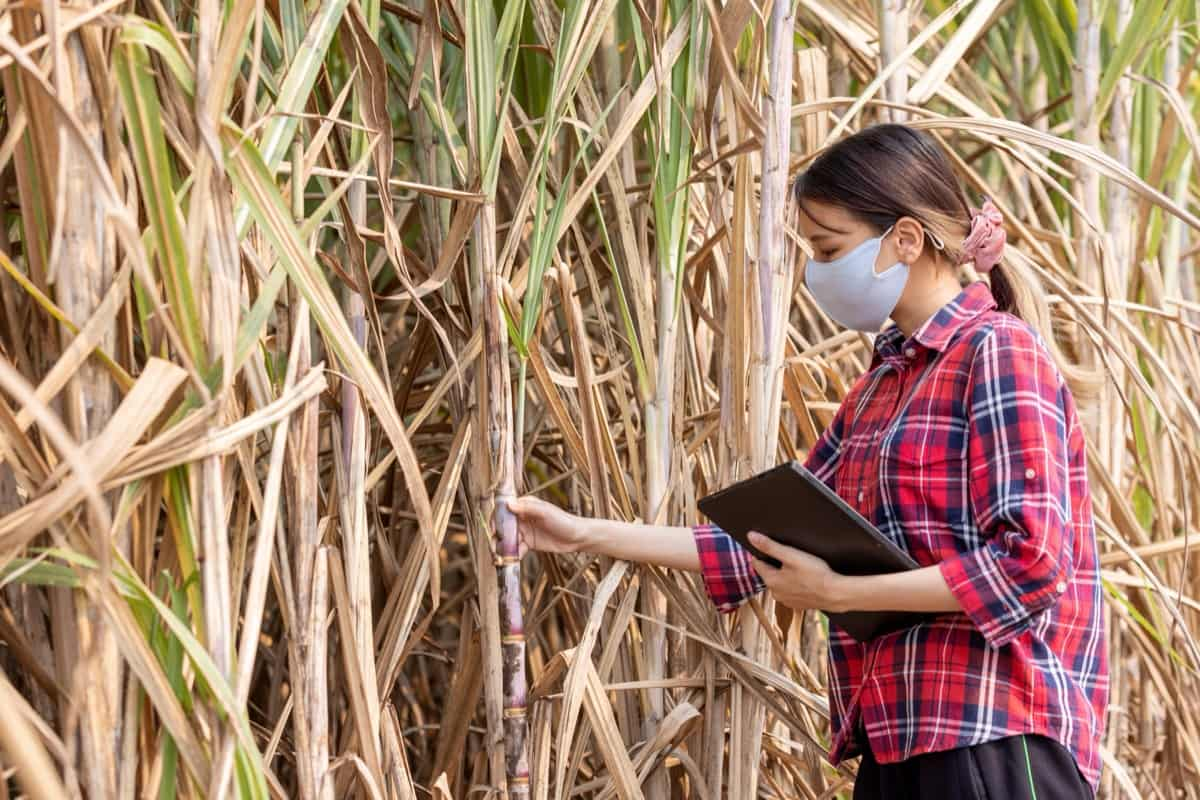
| Parameter | Details | Impact | Region |
|---|---|---|---|
| Drone Coverage | 100 acres/hour | Rapid diagnostics | Kolhapur |
| Deficiency Detection | Zinc, nitrogen, potassium | 30% faster corrections | Sangli |
| Cost per Drone | ₹2 lakh | Subsidized by MACP | Ahmednagar |
| Farmer Adoption | 300+ farmers | Reduced crop loss | Solapur |
| Data Analysis Speed | 24-hour turnaround | Timely interventions | Latur |
| Startups Involved | AgriWebb, CropIn | Tech accessibility | Nashik |
Images are analyzed by AI in order to determine areas of nutrient deficiency or insect infestation. As an illustration, a farmer in Sangli utilized drone data to detect a zinc deficiency at an early stage, so enabling him to apply targeted sprays and thereby preventing a potential loss of ₹50,000.
Smart Fertilizer Use: Cutting Costs, Boosting Yields
More than sixty percent of the sugarcane farmers in Maharashtra use excessive amounts of urea, which causes the soil to deteriorate and drives up prices. For the purpose of recommending precise fertilizer mixes, artificial intelligence platforms such as Fasal and SatSure evaluate soil samples and crop growth stages.
| Parameter | Details | Impact | Region |
|---|---|---|---|
| Urea Reduction | 30% less usage | Soil health improvement | Nashik |
| Yield Gain | 12% higher output | Income rise | Dhule |
| Organic Alternatives | Vermicompost, biofertilizers | Eco-friendly farming | Sindhudurg |
| Farmer Savings | ₹8,000/acre | Lower input costs | Beed |
| Tech Providers | Fasal, SatSure | Customized advice | Pune |
| Policy Alignment | Maharashtra Organic Policy | Sustainability goals | Statewide |
Using DeHaat’s artificial intelligence guidance, farmers in Nashik were able to minimize their use of urea by thirty percent while simultaneously boosting their yields by twelve percent. Additionally, the application provides recommendations for organic alternatives, such as vermicompost, which are in accordance with the organic farming policy of Maharashtra.
Disease Prediction Models: Stopping Outbreaks Before They Start
Red rot and smut diseases are responsible for a yearly loss of ₹800 crore for the farmers of Maharashtra. Using a correlation between temperature, humidity, and soil pH, artificial intelligence models such as CropIn’s SmartRisk can forecast outbreaks.
| Parameter | Details | Impact | Region |
|---|---|---|---|
| Disease Detection | 85% accuracy | Early intervention | Pune |
| Biofungicide Use | Trichoderma-based | 45% loss reduction | Satara |
| Cost Savings | ₹20,000/acre | Profit retention | Osmanabad |
| Farmer Alerts | SMS, app notifications | Timely action | Kolhapur |
| Data Sources | Satellite, sensors | Holistic monitoring | Marathwada |
| Govt. Integration | Sugarcane Disease Surveillance Program | Policy-level impact | Statewide |
Smut dangers were brought to the attention of farmers in Pune in 2023, which prompted them to employ Trichoderma biofungicides, which resulted in a reduction of crop loss by forty-five percent. The Sugarcane Disease Surveillance Program of the state government has just begun incorporating these models into its operations.
Pest Control with AI: Targeting Threats Sustainably
Because of the humid environment of Maharashtra, pests such as early shoot borer and aphids are able to flourish. AI tools such as Plantix analyze photographs of pests and make recommendations for environmentally friendly solutions.
| Parameter | Details | Impact | Region |
|---|---|---|---|
| Pest Identification | 90% accuracy | Reduced misdiagnosis | Jalna |
| Chemical Reduction | 50% less pesticides | Eco-friendly farming | Parbhani |
| Cost Savings | ₹10,000/acre | Lower input costs | Nanded |
| Farmer Training | 200+ workshops | Adoption of sustainable practices | Wardha |
| Tech Tools | Plantix, AgroStar | Real-time pest alerts | Nashik |
| Environmental Impact | 30% less soil toxicity | Biodiversity preservation | Statewide |
Using the artificial intelligence tool provided by AgroStar, farmers in Jalna were able to recognize aphid infestations and switch to pesticides based on neem, so reducing their use of chemicals by fifty percent. In an effort to lessen the impact on the environment, the Maharashtra State Agricultural Marketing Board encourages the use of these instruments.
Harvest Optimization: Timing It Right
For a high sucrose concentration, it is essential to harvest sugarcane at its peak maturity, which occurs between 12 and 14 months. Agritech’s HarvestRight is an example of an artificial intelligence program that analyzes crop health and weather to determine the best time to harvest crops.
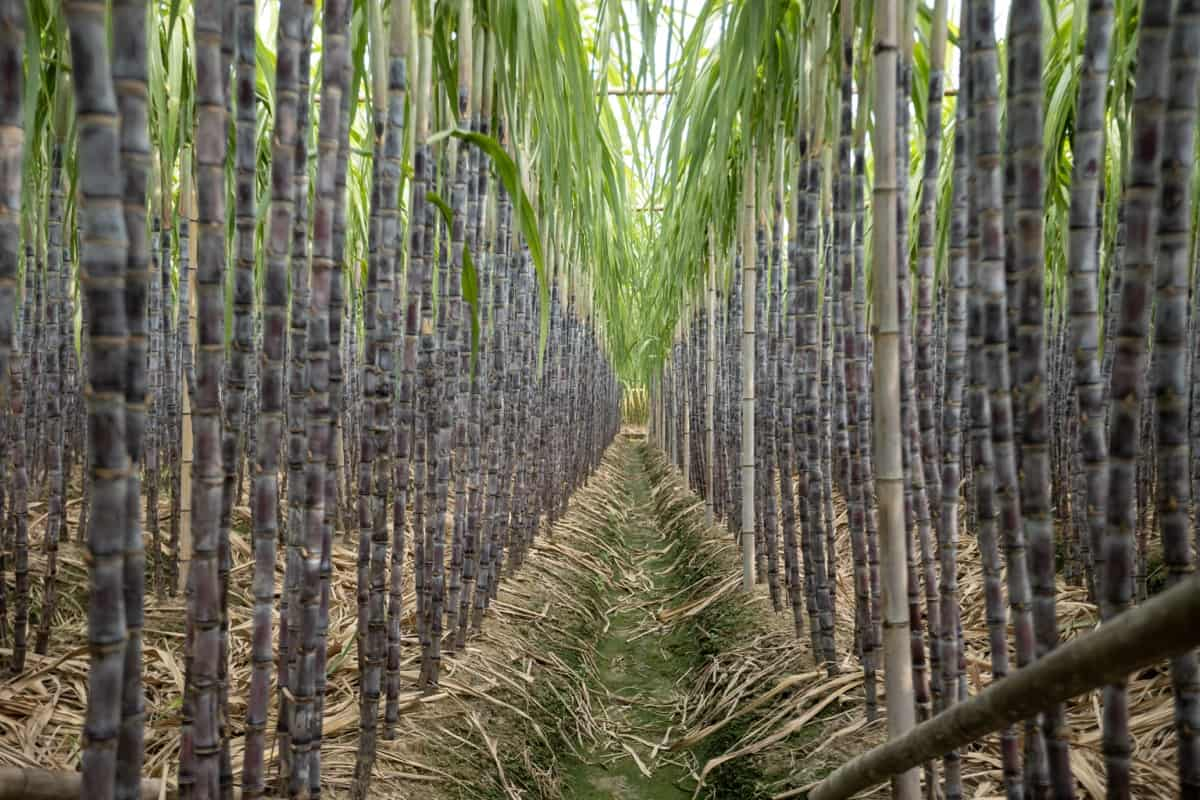
| Parameter | Details | Impact | Region |
|---|---|---|---|
| Harvest Timing Accuracy | 90% precision | Maximized sucrose content | Shirala |
| Spoilage Reduction | 20% less waste | Higher quality produce | Karmala |
| Farmer Profits | ₹5,000/acre increase | Better market prices | Sangli |
| Tech Integration | Satellite imagery | Data-driven harvesting | Pune |
| Mill Collaboration | 50+ mills linked | Streamlined logistics | Kolhapur |
| Policy Support | FRP alignment | Fair pricing assurance | Statewide |
Farmers in Shirala used artificial intelligence to coordinate harvests with sugar mill schedules, which resulted in a 20% reduction in spoilage. In accordance with the Fair and Remunerative Price (FRP) scheme, this guarantees that prices will be improved.
AI-Powered Market Linkages: Fair Prices for Farmers
They frequently purchase sugarcane at prices that are 20–30% lower than market rates. Artificial intelligence is used by platforms like as Kisan Network and Ninjacart to connect farmers directly with mills.
| Parameter | Details | Impact | Region |
|---|---|---|---|
| Price Transparency | Real-time updates | Eliminated middlemen | Nanded |
| Income Boost | 25% higher earnings | Poverty alleviation | Hingoli |
| Platform Users | 10,000+ farmers | Direct market access | Beed |
| Tech Tools | Kisan Network, AgriMarket | Blockchain traceability | Pune |
| Govt. Collaboration | MSAMB partnerships | Fair trade enforcement | Statewide |
| Farmer Satisfaction | 4.8/5 rating | Trust in digital platforms | Osmanabad |
Farmers in Nanded were able to receive real-time price data through the AgriMarket Mobile App, which allowed them to sell cane for ₹3,500 per quintal instead of ₹2,800, resulting in a 25% increase in their incomes.
Government Support: Scaling AI Adoption
The Artificial Intelligence (AI) training of 50,000 farmers is provided annually by the Maharashtra Agricultural Competitiveness Project (MACP). AI tools are being deployed in Yavatmal and Wardha thanks to funds awarded to startups such as AgNext.

| Parameter | Details | Impact | Region |
|---|---|---|---|
| MACP Funding | ₹500 crore allocated | Tech access for smallholders | Yavatmal |
| Startups Supported | 50+ agritech firms | Innovation ecosystem | Wardha |
| Policy Goals | 1M farmers by 2025 | Digital transformation | Statewide |
| Training Programs | 2,000+ camps/year | Skill development | Dhule |
| Tech Deployment | AI sensors, apps | Scalable solutions | Satara |
| Farmer Reach | 30% increase in adoption | Bridging digital divide | Marathwada |
By the year 2025, the state’s AI for Agriculture Policy (2023) intends to provide one million farmers with artificial intelligence technology.
Sustainability Through AI: Farming for the Future
AI encourages environmentally responsible techniques like as intercropping. Using EcoSense AI, farmers in Sindhudurg rotate sugarcane with legumes, which results in a 15% increase in the amount of nitrogen in the soil.
| Parameter | Details | Impact | Region |
|---|---|---|---|
| Intercropping Adoption | 40% farms practicing | Soil fertility boost | Sindhudurg |
| Carbon Credits | 10,000+ farmers eligible | Additional income streams | Ratnagiri |
| Chemical Reduction | 25% less pesticides | Ecological balance | Kolhapur |
| Water Conservation | 30% efficiency gain | Climate resilience | Solapur |
| Policy Alignment | State sustainability goals | Long-term food security | Statewide |
| Farmer Awareness | 60% increase in workshops | Behavioral change | Ahmednagar |
Consequently, this is in accordance with the Climate Resilient Agriculture Mission of Maharashtra, which aims to reduce the usage of chemicals by twenty percent by the year 2027.
Overcoming Barriers to AI Adoption
In spite of the benefits, seventy percent of smallholders do not have smartphones or computer literacy. Through the use of video-based artificial intelligence lessons, non-governmental organizations (NGOs) such as Digital Green educate farmers in Dhule.
AI is becoming more accessible to poor farmers thanks to low-cost solutions such as FarmLogs, which costs ₹500 per month.
Success Story: A Cooperative’s AI Journey
The artificial intelligence system developed by Jain Irrigation was implemented by the Islampur Sugarcane Cooperative in the year 2022. The amount of water that was used decreased by fifty percent, yields grew by thirty percent, and revenues climbed by fifteen thousand rupees yearly.
| Parameter | Details | Impact | Region |
|---|---|---|---|
| Water Saved | 50% reduction | Drought-proofing farms | Islampur |
| Yield Increase | 30% higher output | Profitability surge | Neighboring villages |
| Farmer Income | ₹15 lakh annual profit | Economic upliftment | Shirala |
| Replication Rate | 50 villages adopted | Community-driven scaling | Kolhapur |
| Tech Sustainability | 5-year ROI achieved | Long-term viability | Satara |
| Farmer Participation | 1,000+ members | Collective empowerment | Statewide |
As a result of their success, fifty adjacent towns adopted artificial intelligence, demonstrating that it is feasible even for tiny farms.
The Road Ahead: AI in Maharashtra Sugarcane Farming Future
The industry will undergo significant transformation as a result of emerging technologies like as blockchain for supply chains and soil sensors powered by artificial intelligence.
The cooperation between Maharashtra and Microsoft’s Azure FarmBeats seeks to deploy 10,000 artificial intelligence sensors by the year 2025, thereby establishing the state as the agritech capital of India.
AI Experiment in Western Maharashtra: A Groundbreaking Pilot
The first large-scale artificial intelligence-driven sugarcane farming project in India is now being carried out in the sugarcane region of Western Maharashtra, which includes the cities of Pune, Satara, Sangli, and Kolhapur. The Krishi Vigyan Kendra (KVK) Baramati is in charge of the effort, which is being carried out in conjunction with Microsoft, Oxford University, and the Agricultural Development Trust. The objective of the initiative is to reform farming techniques.
There were more than one thousand farmers who took part in the trial program, which started in March 2024 and was part of the Krushak 2025 agricultural exhibition. The findings were remarkable: farms that were enabled with artificial intelligence generated 160 tons of sugarcane per acre, which is a substantial leap from the conventional approaches.

A successful outcome of the experiment was noted by Bhushan Gosavi, who is the Director of Agriculture Science:
On the other hand, farmers’ revenues increased by forty percent, while production expenses decreased by twenty to forty percent.
There was a fifty percent reduction in the amount of water that was utilized per acre by AI-optimized irrigation, which was 1.8 lakh liters, as opposed to 3.5 lakh liters in farms that did not use AI.
Efficiency in the application of fertilizer: Artificial intelligence-guided application saved 22% of fertilizers and decreased the usage of chemical pesticides by 25%.
Through the utilization of soil sensors and satellite data, the system is able to monitor the levels of moisture, temperature, and nutrients. Farmers are provided with real-time notifications using the Krushak app, which utilizes artificial intelligence algorithms to process data. An emphasis was placed by Gosavi on the fact that “this is not just about higher yields—it is a new revolution.” Artificial intelligence assists farmers in adopting precision farming, improving soil fertility, and even preparing for opportunities to receive carbon credits by monitoring the health of the soil and the patterns of climate.
The experiment also illustrated the role that artificial intelligence can play in minimizing climate threats and enhanced harvesting efficiency by 35%. Sugarcane growers in Maharashtra are seeing a paradigm shift toward sustainability and profitability as a result of efforts to expand the concept across the entire state.
Conclusion
Artificial intelligence is transforming the sugarcane industry in Maharashtra from one that is resource-intensive and risk-prone to one that is a model of efficiency and sustainability. The resilience of the sector against climate shocks and market volatility is ensured by artificial intelligence through the reduction of costs, the conservation of water, and the improvement of earnings.
The pioneering pilot project in Western Maharashtra demonstrates how artificial intelligence has the ability to revolutionize agriculture and provides a model for future implementation in other states. Through persistent innovation, the farmers of Maharashtra are poised to take the lead in India’s agricultural revolution, demonstrating that technology and tradition can coexist for a more prosperous and environmentally friendly future.

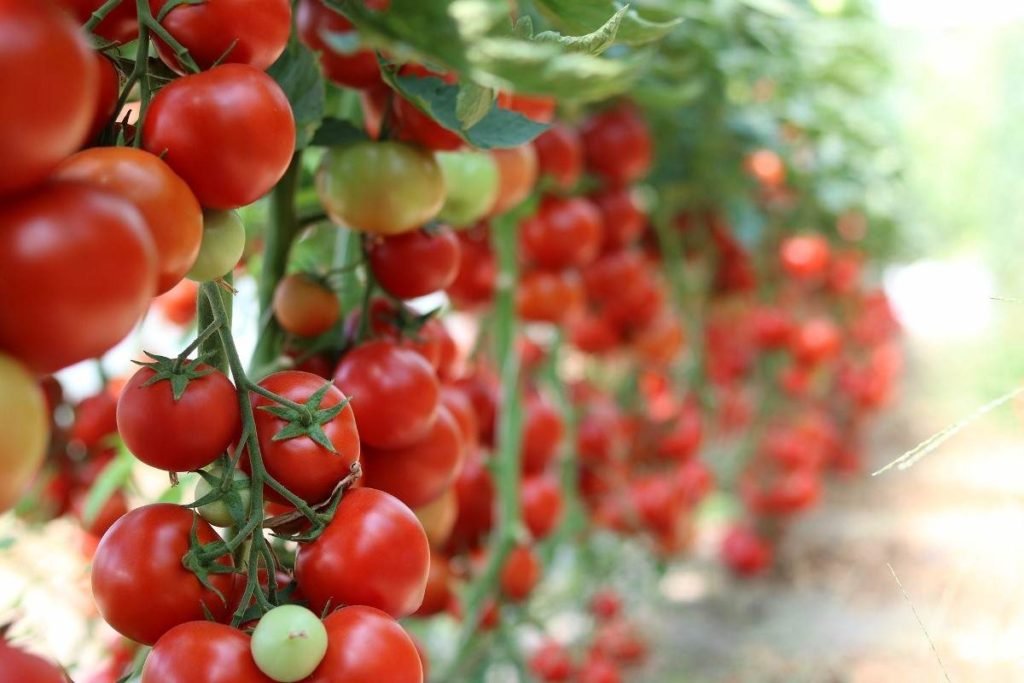

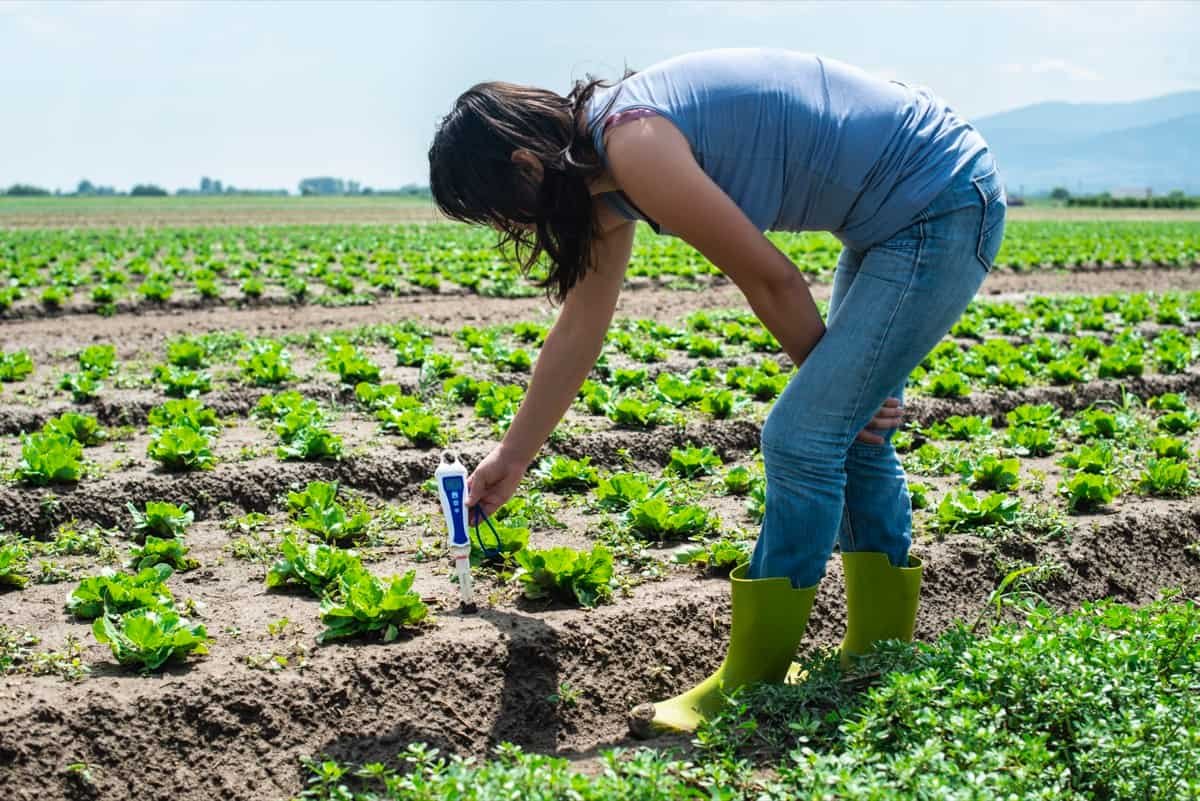


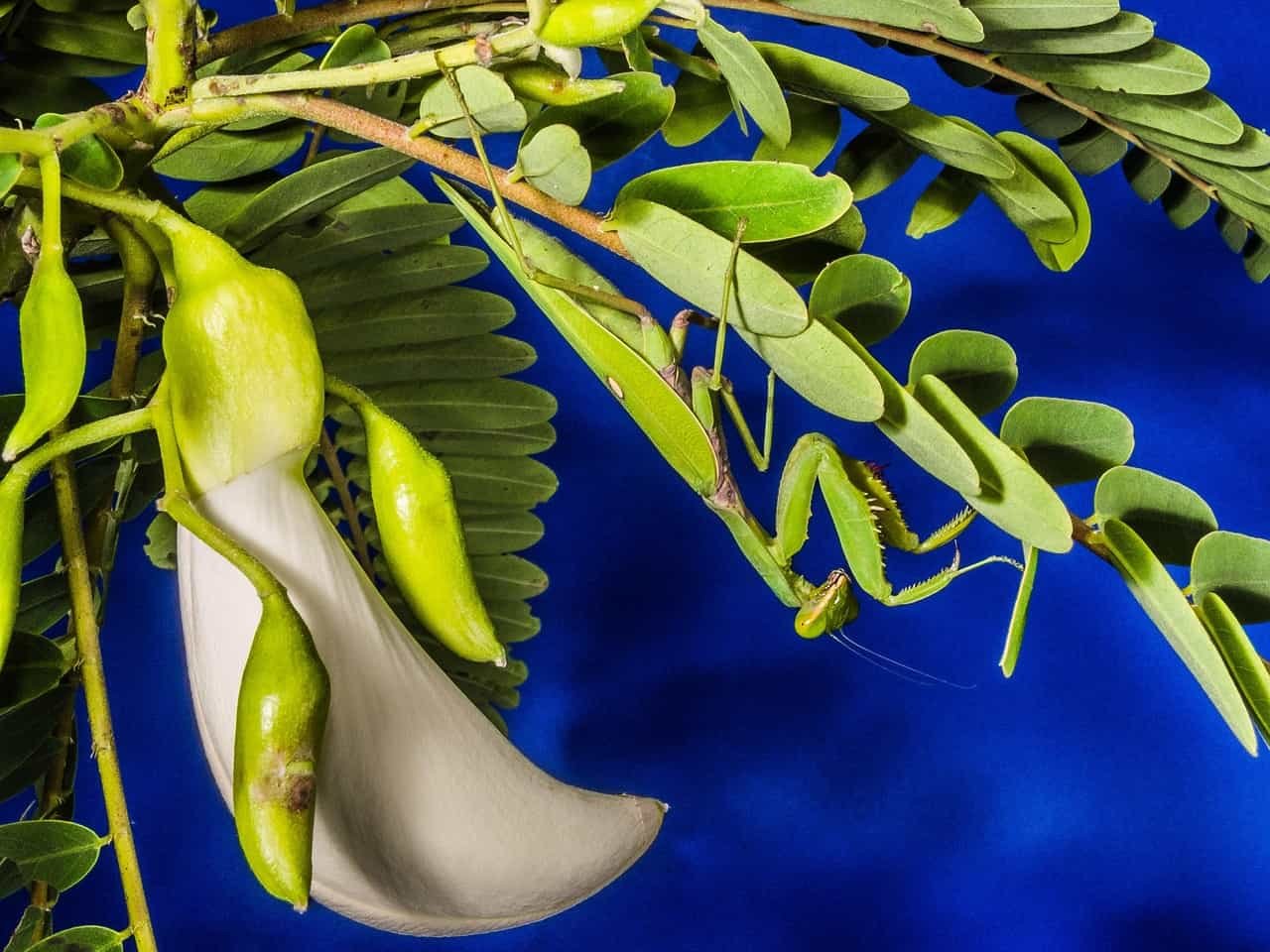
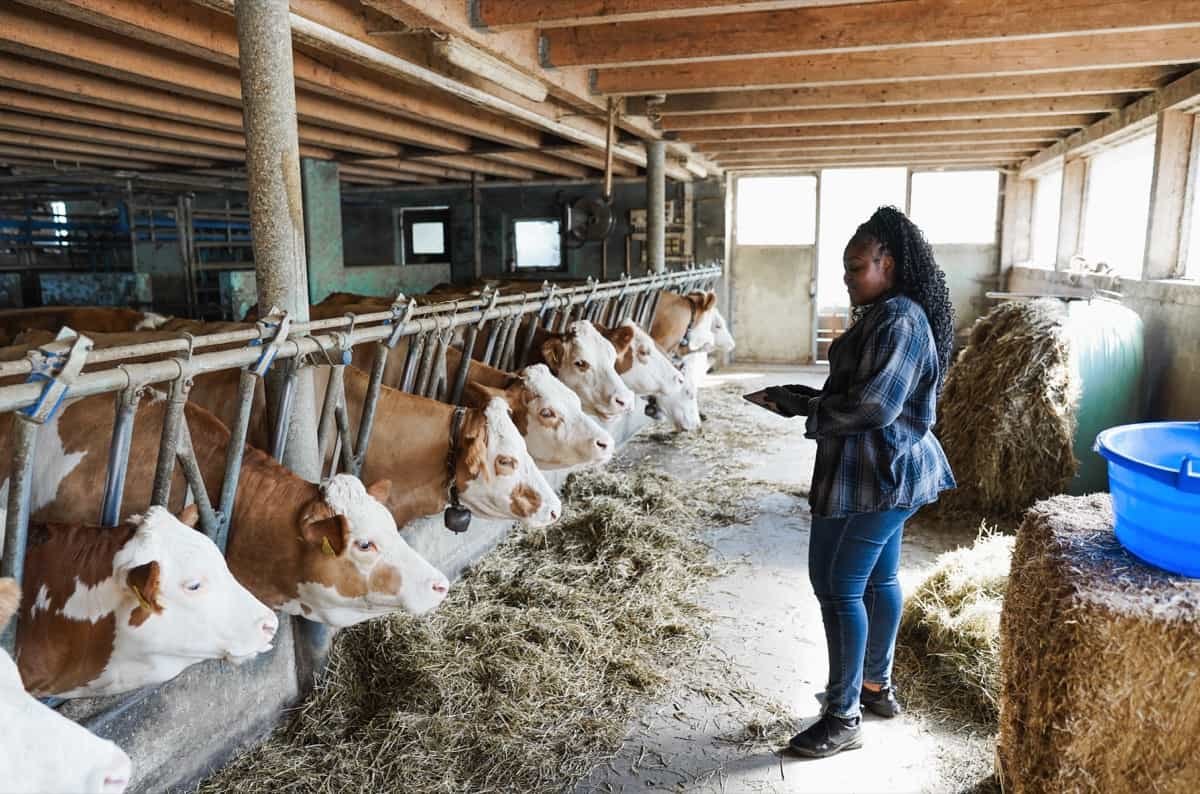
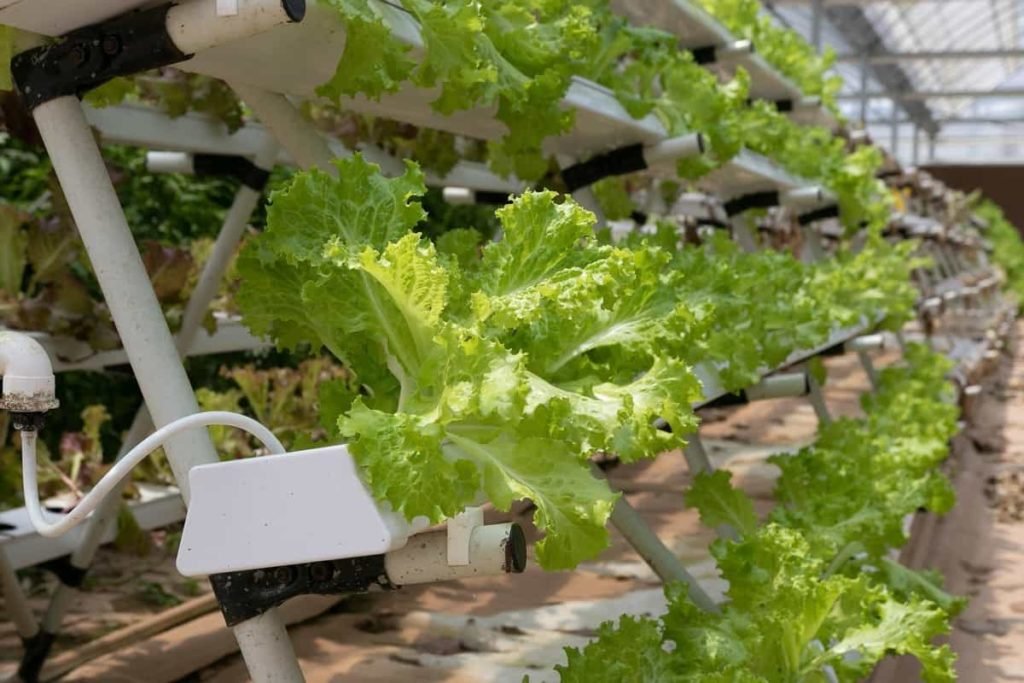






Leave a Reply